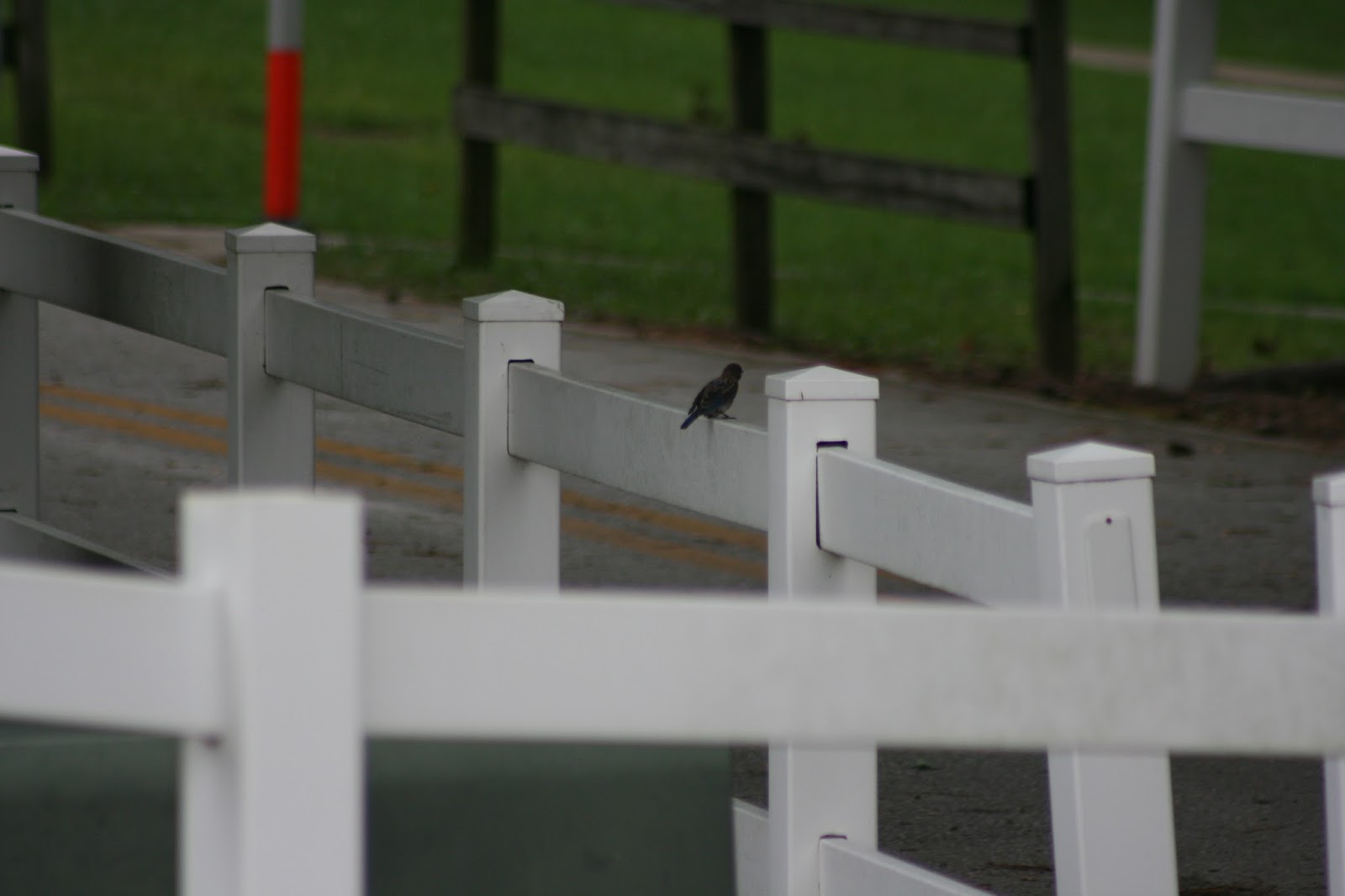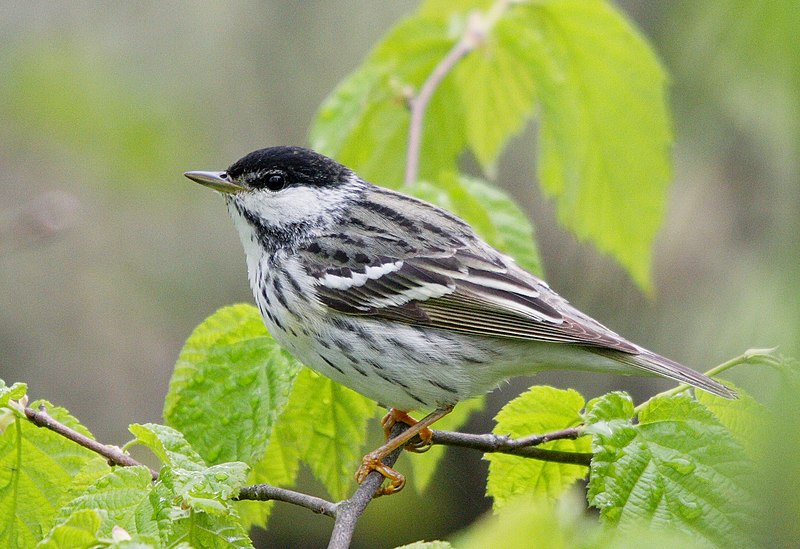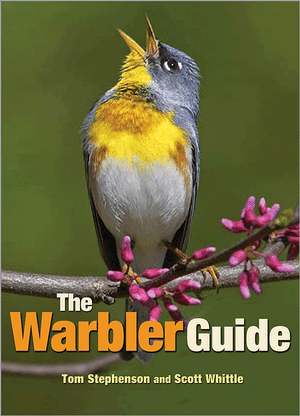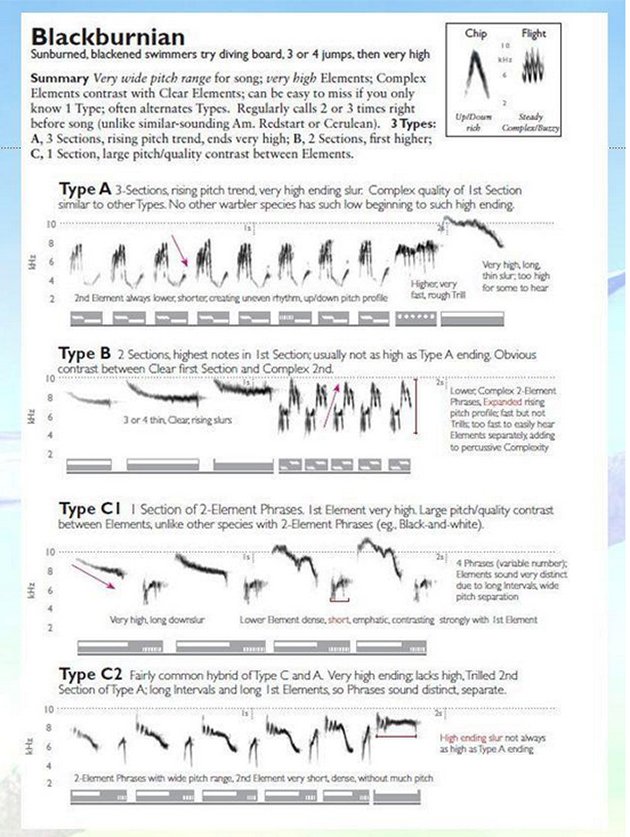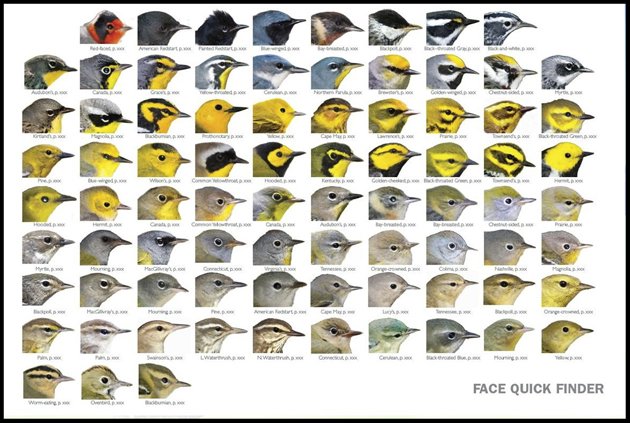The Colonial Coast Birding Trail (LINK) is an amazing array of habitats and ecosystems. From Okefenokee Swamp to the Barrier Islands, there is a diverse array of birds to see in strikingly different ecosystems. I visited 3 of the sights on the trail and I can't wait to get out there and see more. This place is along a migration superhighway, but it provides hot and humid for some birds that are hard to get outside of Florida. There are some real gems on this trail and I recommend doing your research before you head down so you can get the most out any trip down here.
St. Simons Island - I visited a couple sights here and I was impressed each time. I dipped out on a lot of birds including a Gray Kingbird and Black Terns, but I got Caspian Terns, Reddish Egret and saw some spectacular seabirds, egrets and ibis. I wish I had more time here during migration to really enjoy the birds that are coming through and for that matter in winter when the shorebirds and peeps are resting and feeding in preparation for breeding season.
Jekyll Island - This spot was a natural gem along the coast. Originally the island was a beach and vacation club for the elite of late 19th and early 20th century. Now the Club is debating its future between heavy development and preservation. Whatever the island's fate (please PLEASE preserve), it holds a vast amount of natural beauty. For this trip, Jekyll was a birding dream, Painted Buntings, Roseate Spoonbills, Yellow-Throated Warblers, Wood Storks, Bald Eagles, Terns, Plovers, Peeps, Herons, and many many more. The Campgrounds, the beaches, and parks of this island will re-connect you with a history and a natural history rich with wildlife. Jekyll is worth a visit any time of the year!
Okefenokee Swamp - Sadly, my photos from this visit were lost in a card error. While the birds were not bouncing around like they were on Jekyll and St. Simons, (dipped out on a Red-Cockaded WP) we saw plenty of Red-Headed Woodpeckers and a Gopher Tortoise. I am mildly upset about losing those photos because the Gopher Tortoise is listed as a Vulnerable Species in the US. We found it on the road into the swamp and it definitely made the trip worth while! I can't wait to go back to this swamp, see some gators, sandhill cranes, and the 2 birding gems are Red-Cockaded Woodpeckers and Bachman's Sparrows.
A Brown Pelican
Carolina Chickadee and Painted Bunting (Male)
Yellow-Throated Warbler
Roseate Spoonbill
American White Pelican
All Photos (C) Me
2013 Year Total: 256
Notable Additions:
Reddish Egret
Wood Stork
Roseate Spoonbill
Summer Tanager
Yellow-Throated Warbler
Caspian Tern











